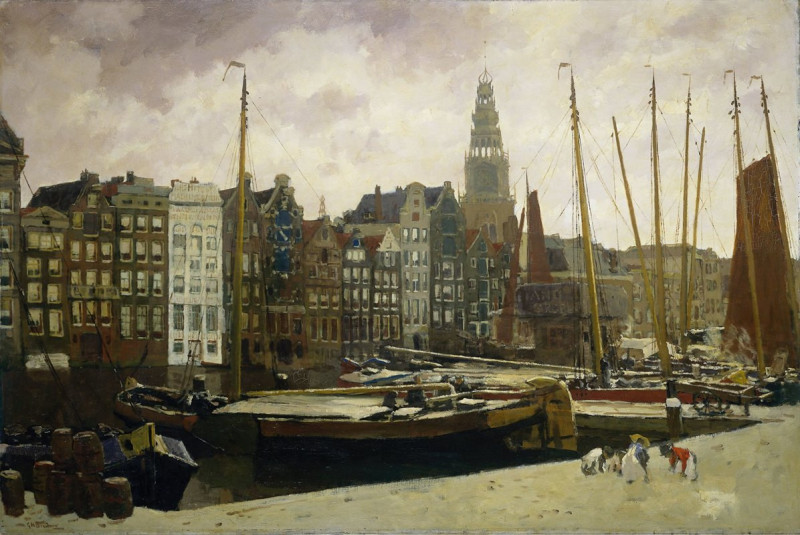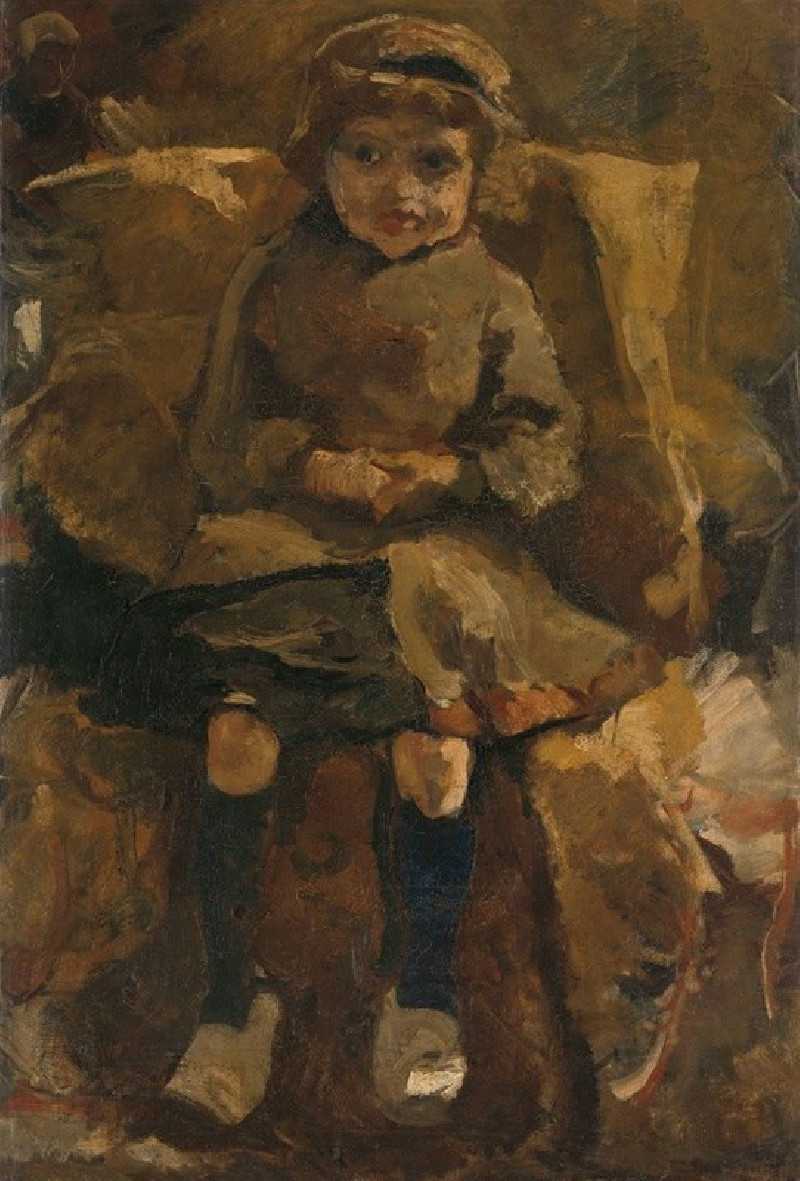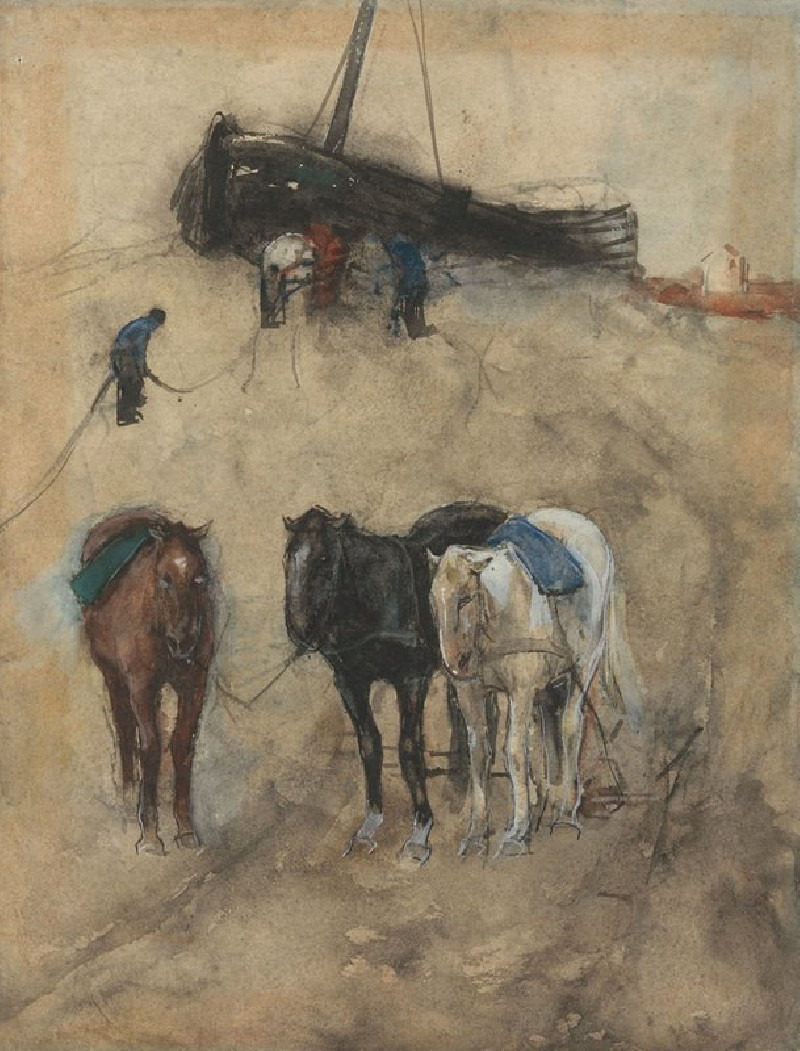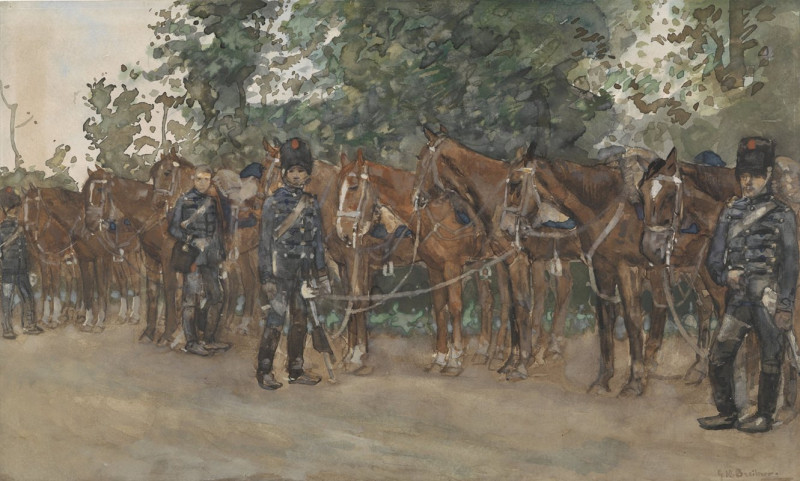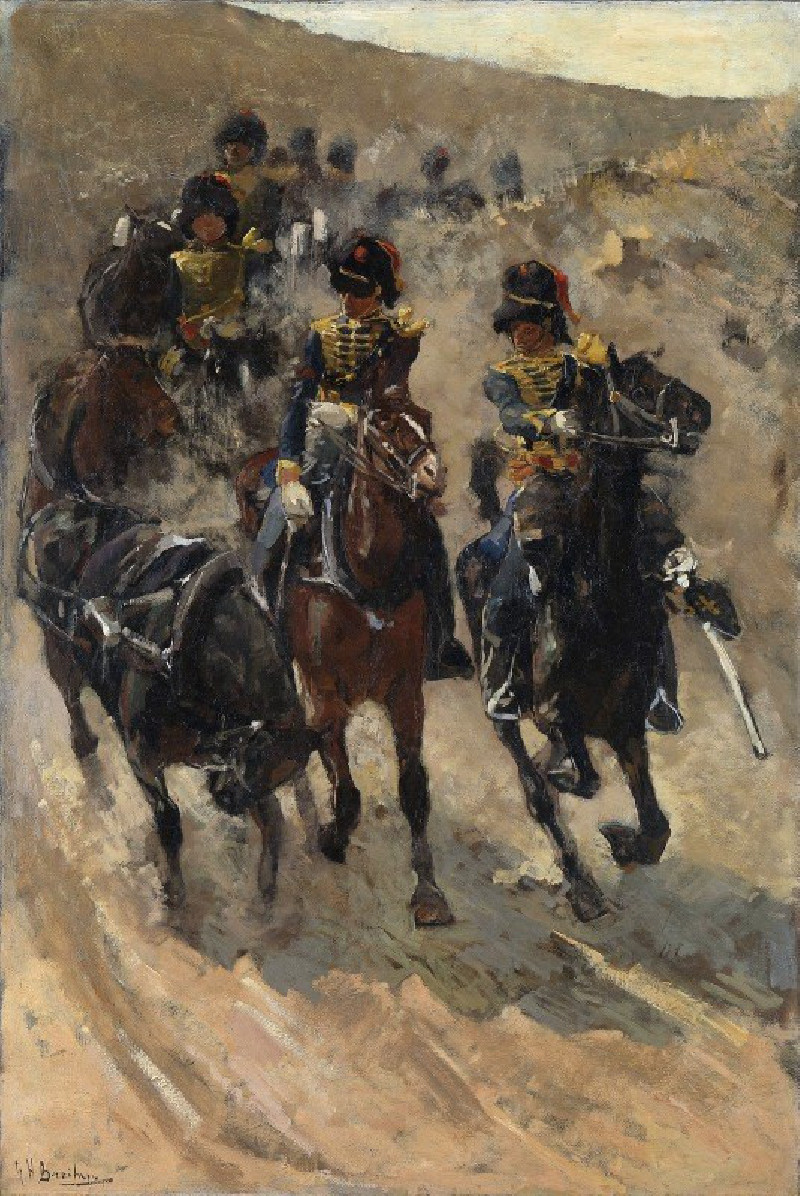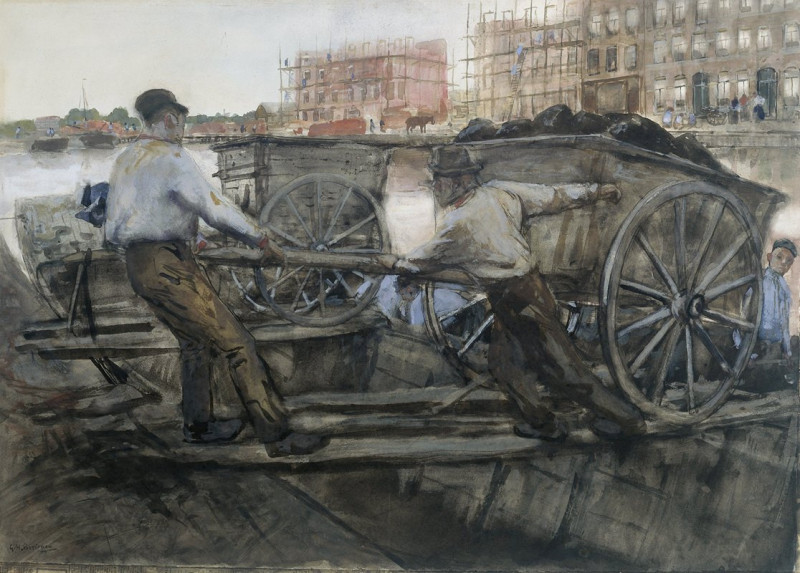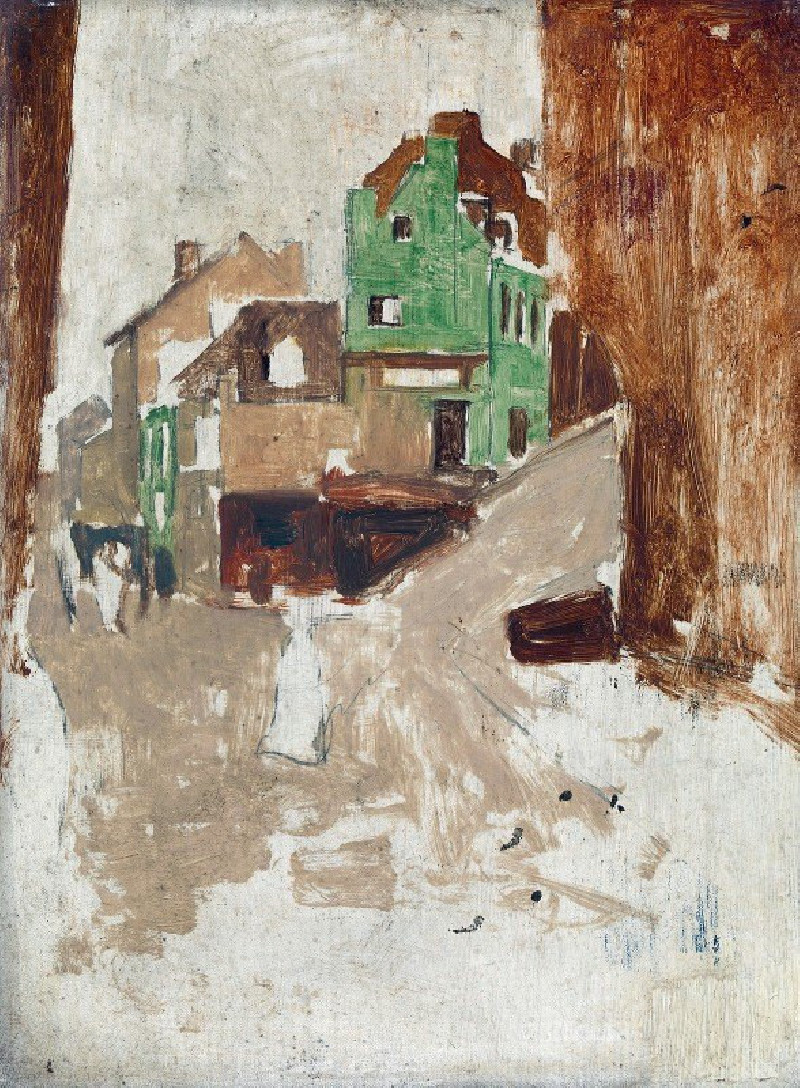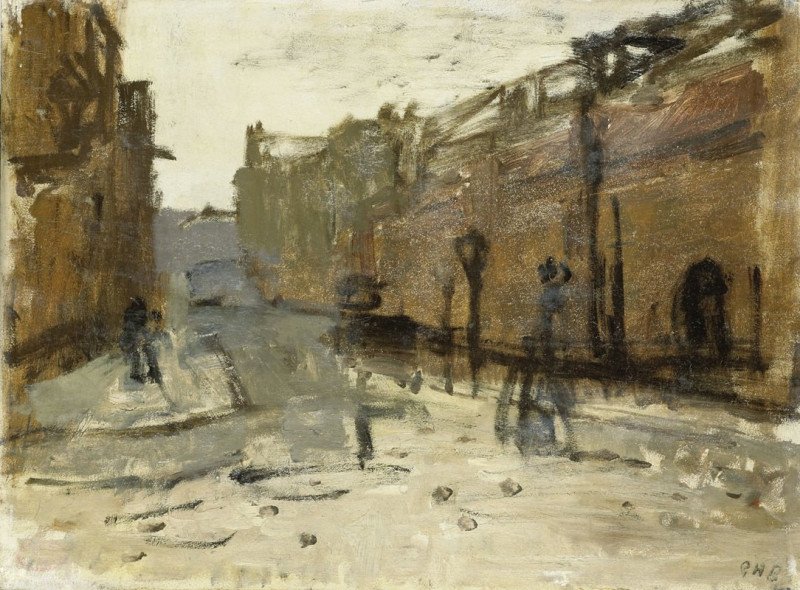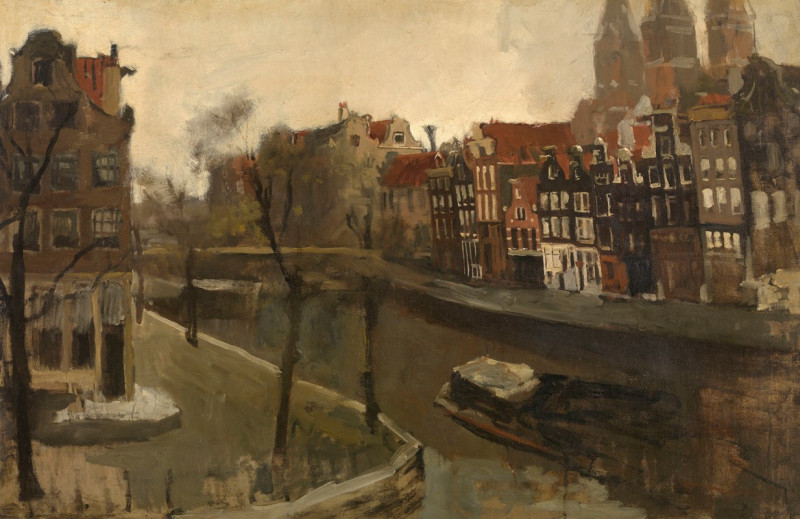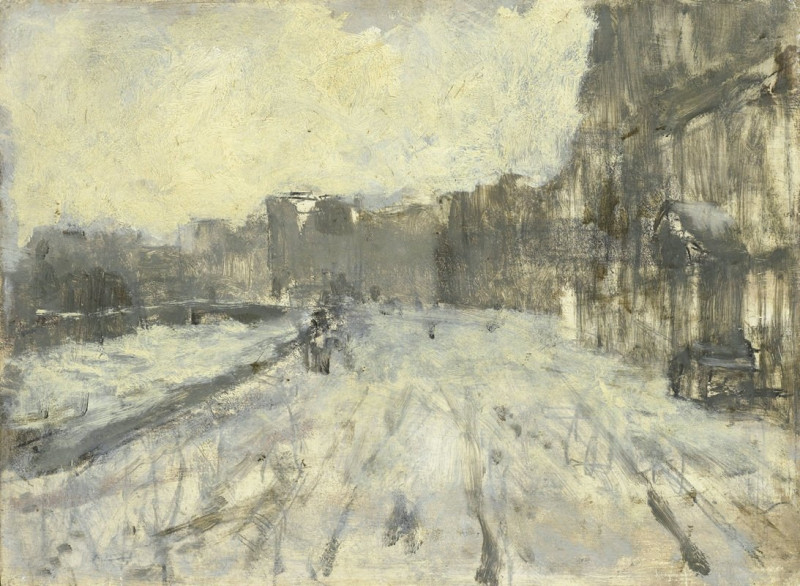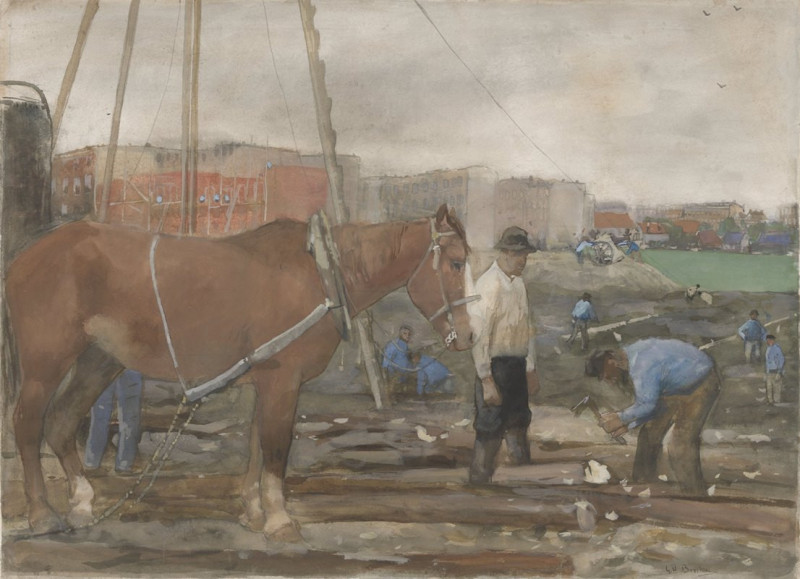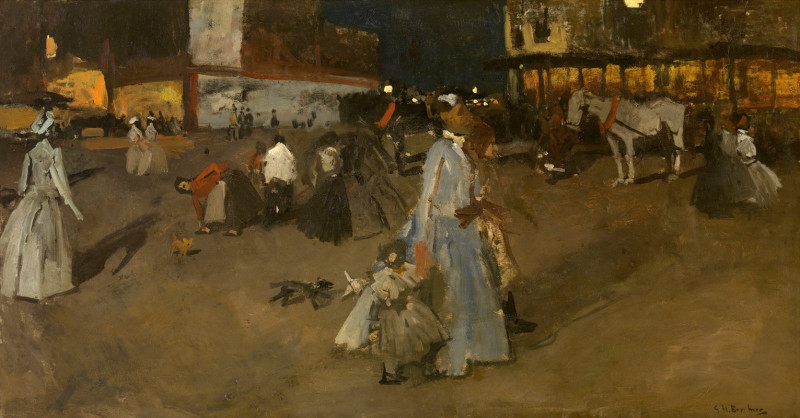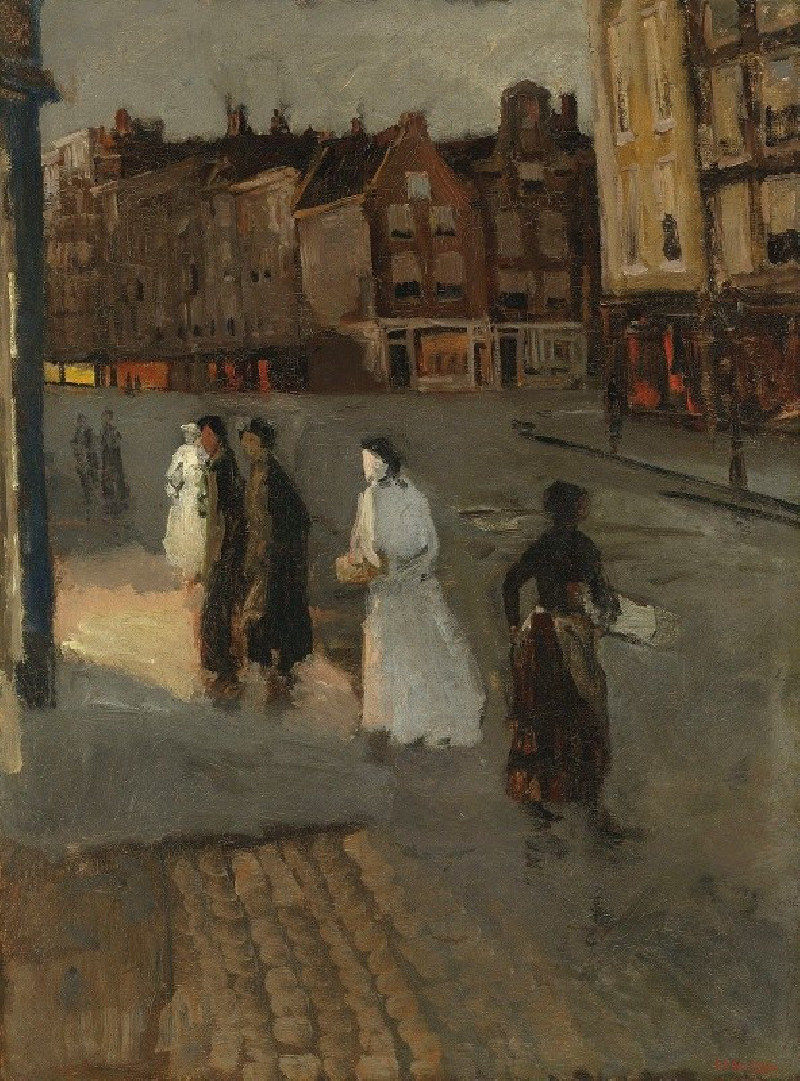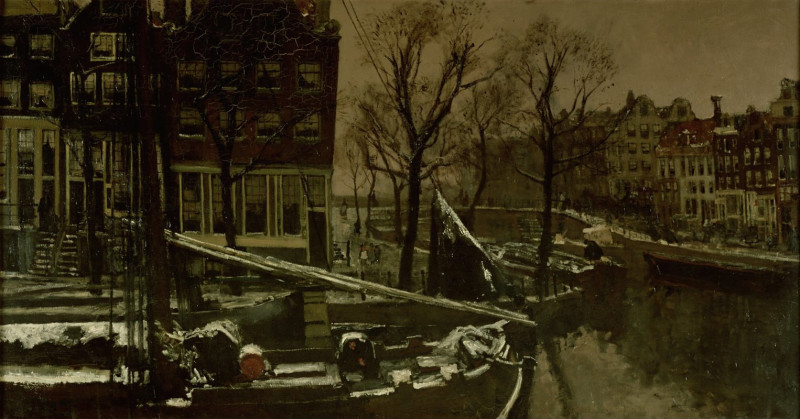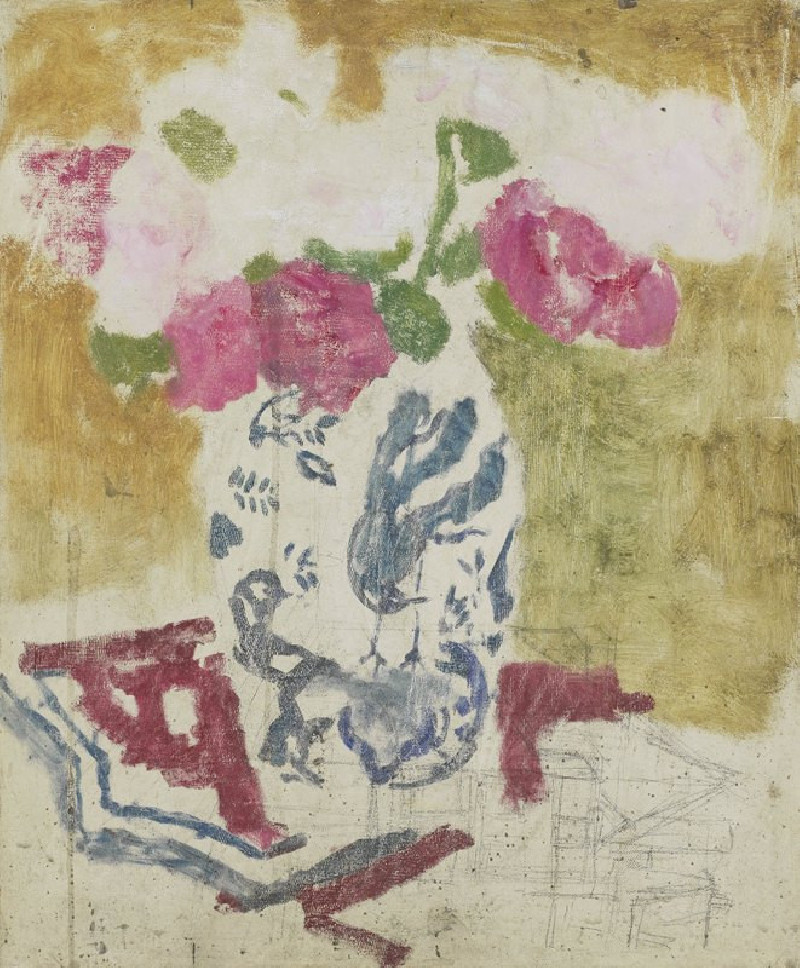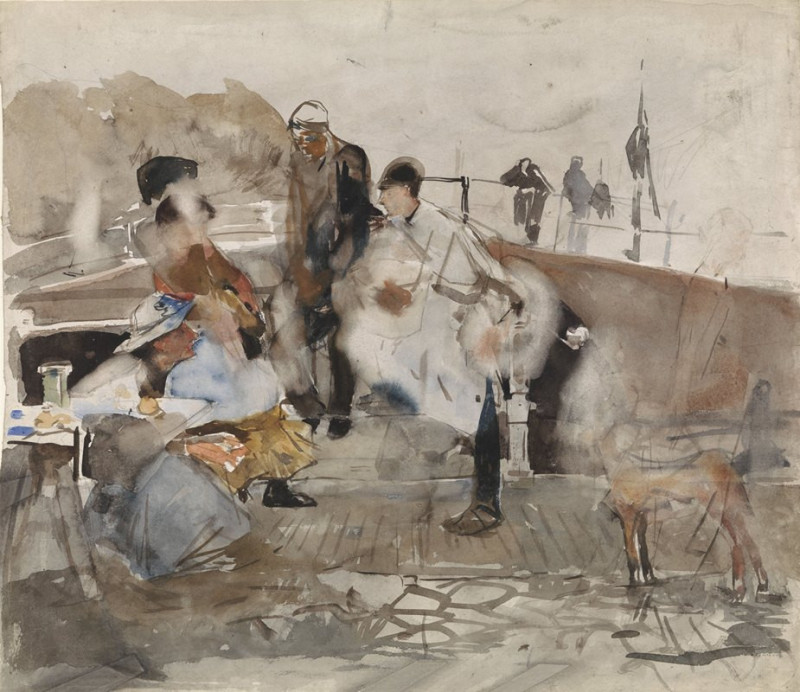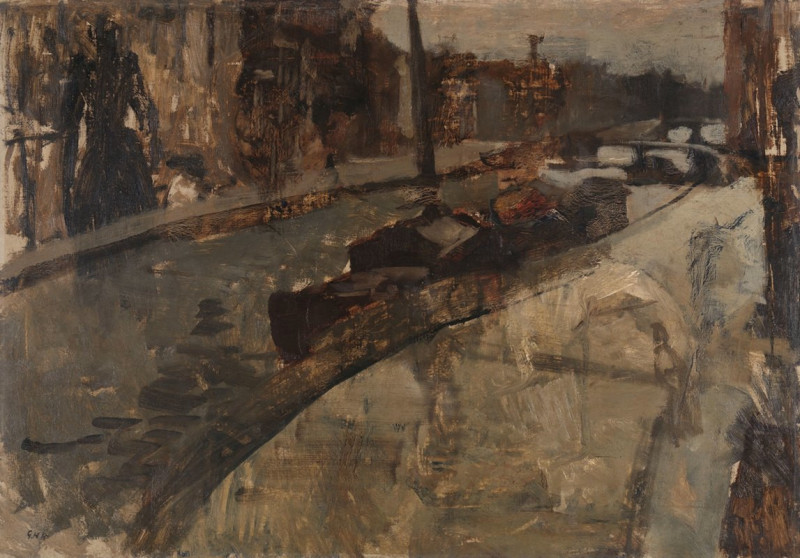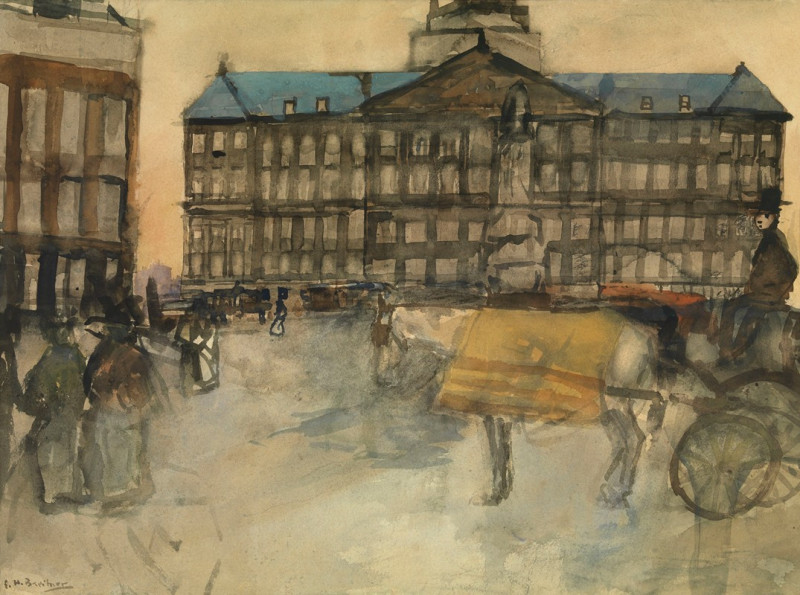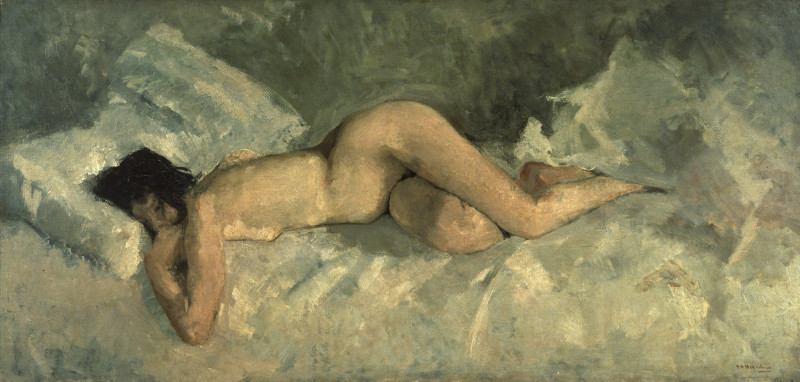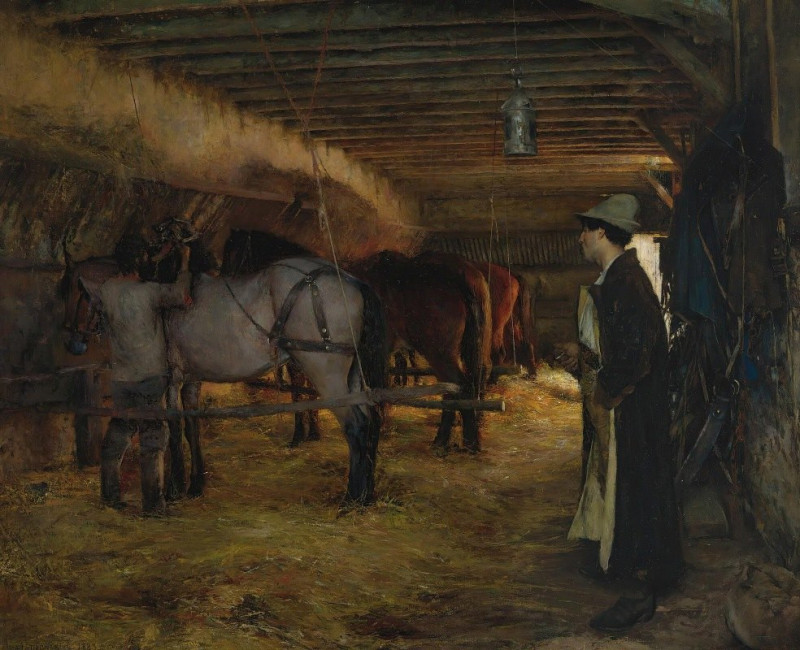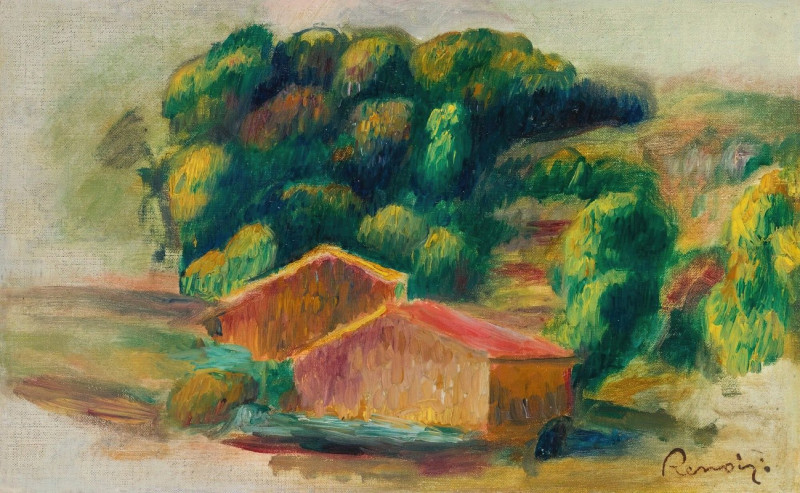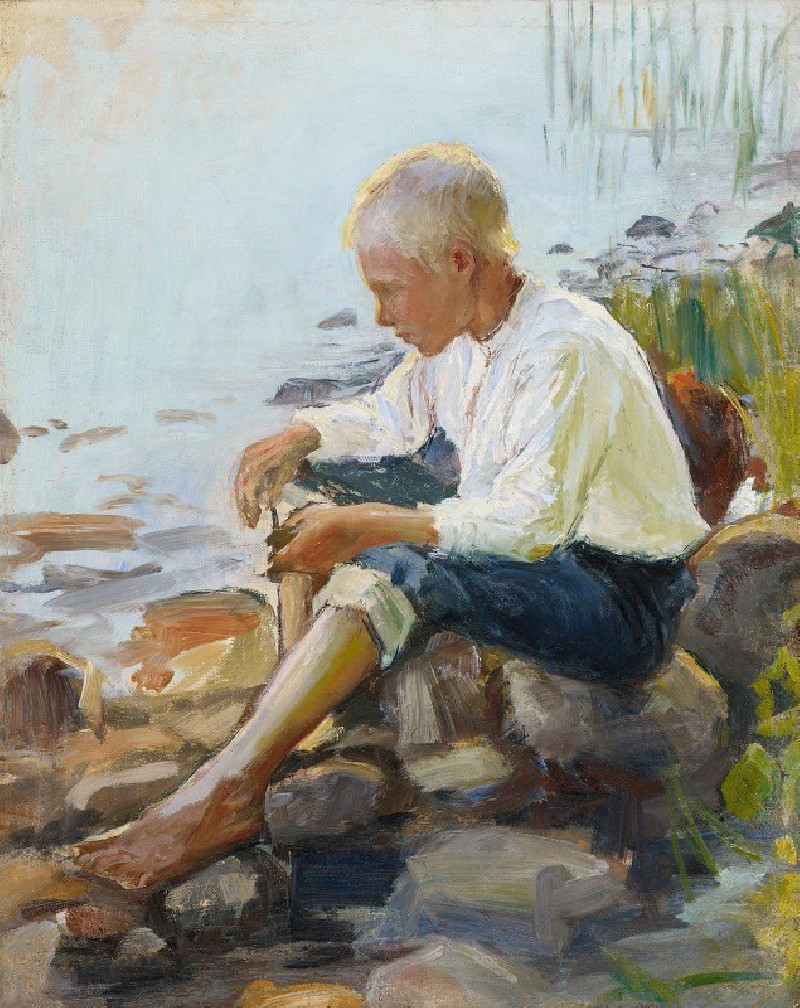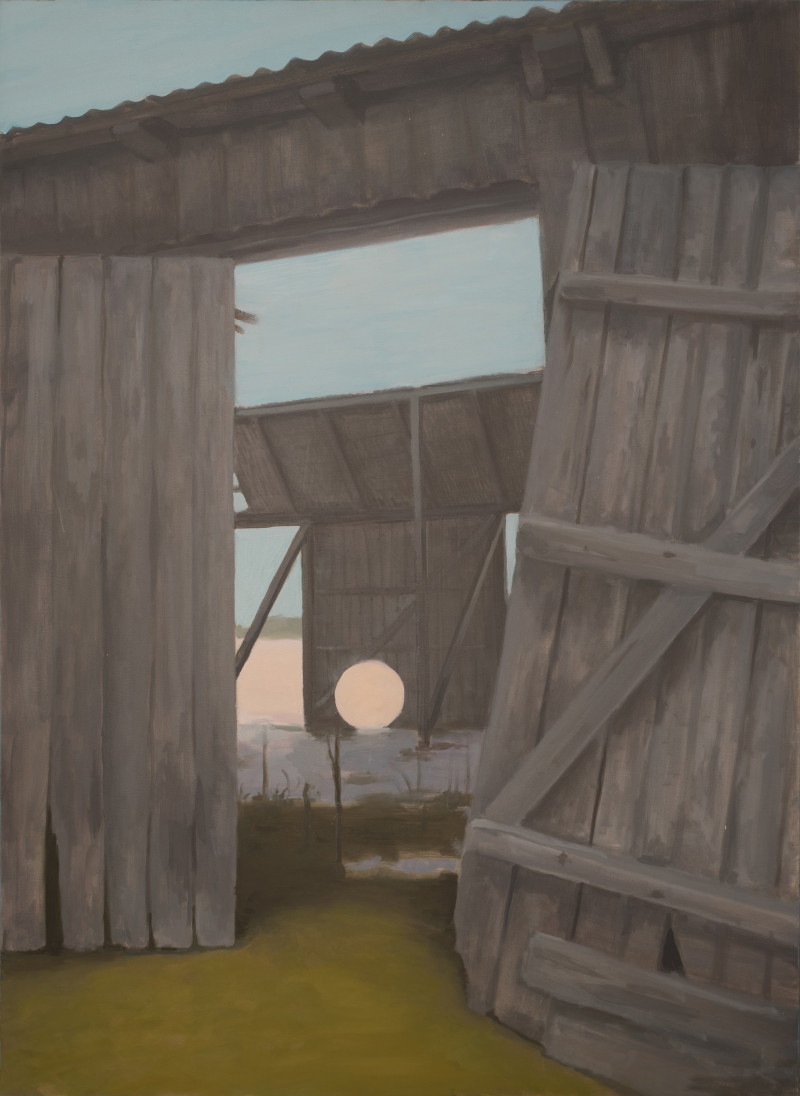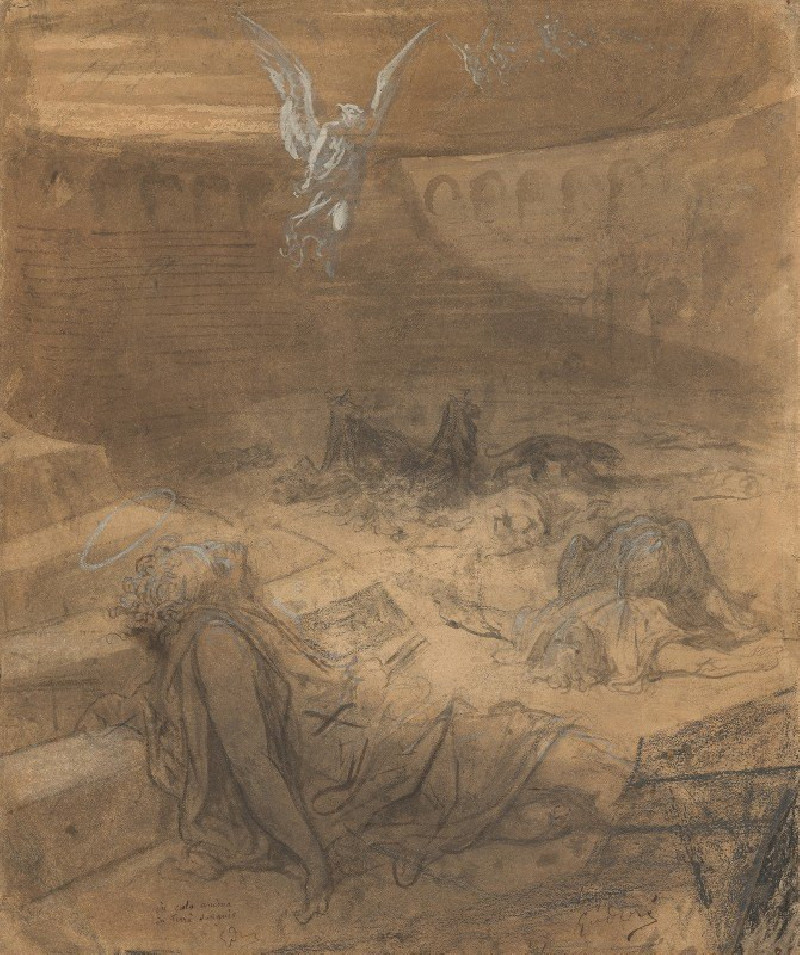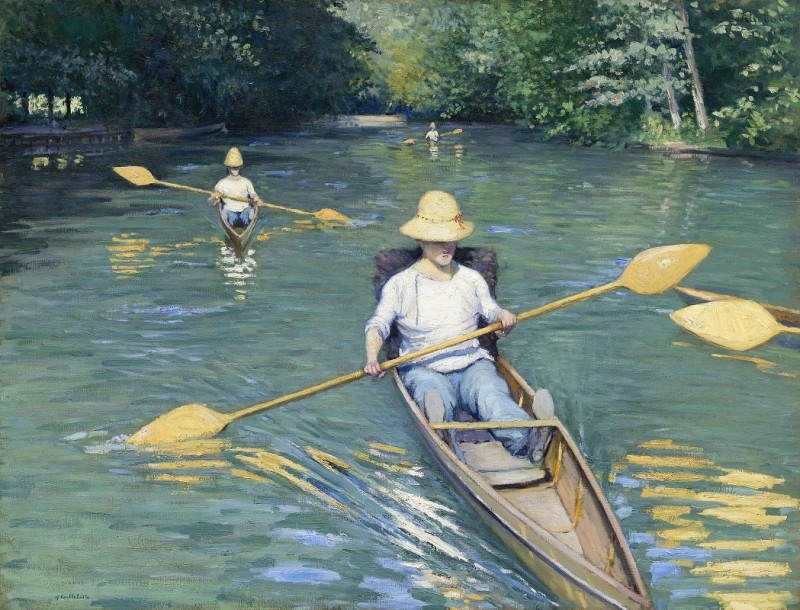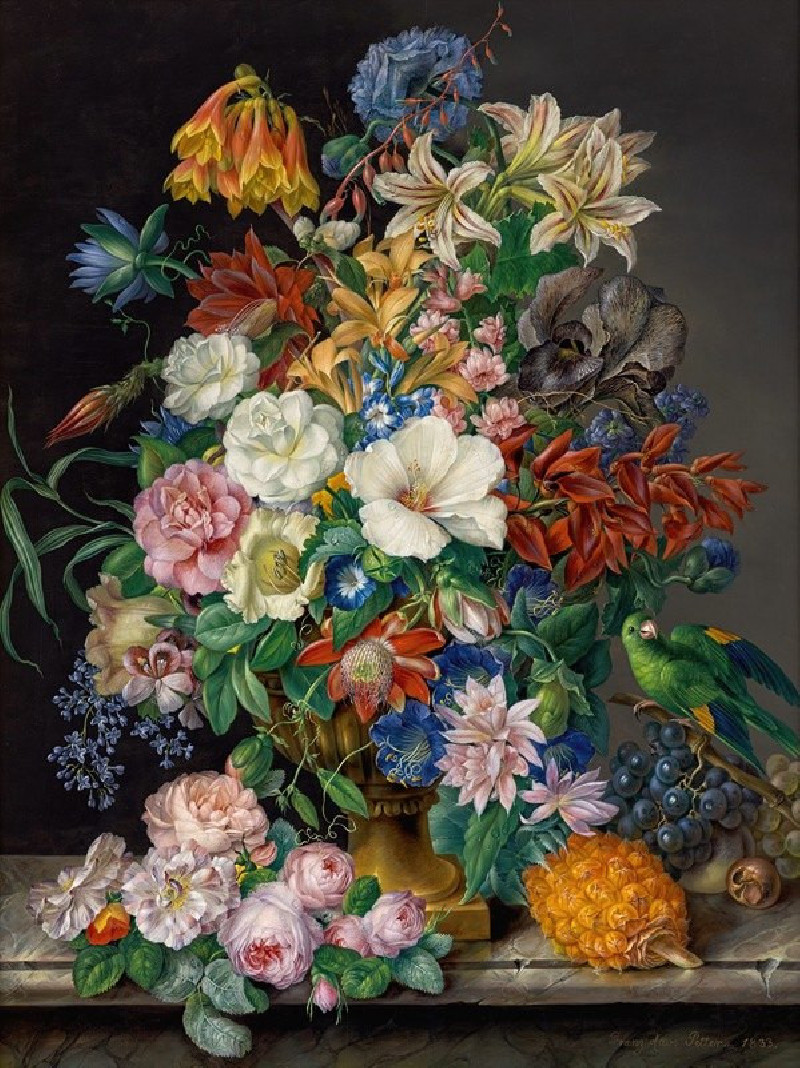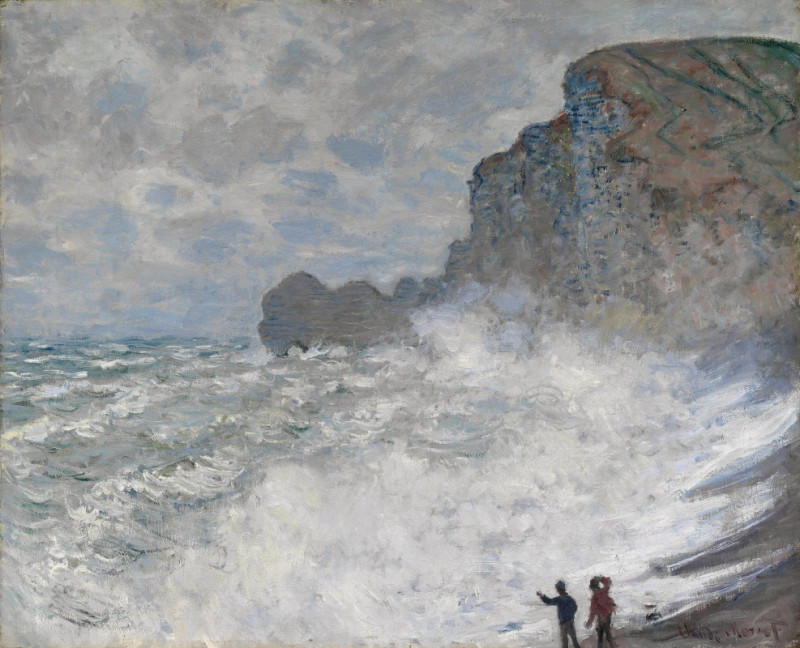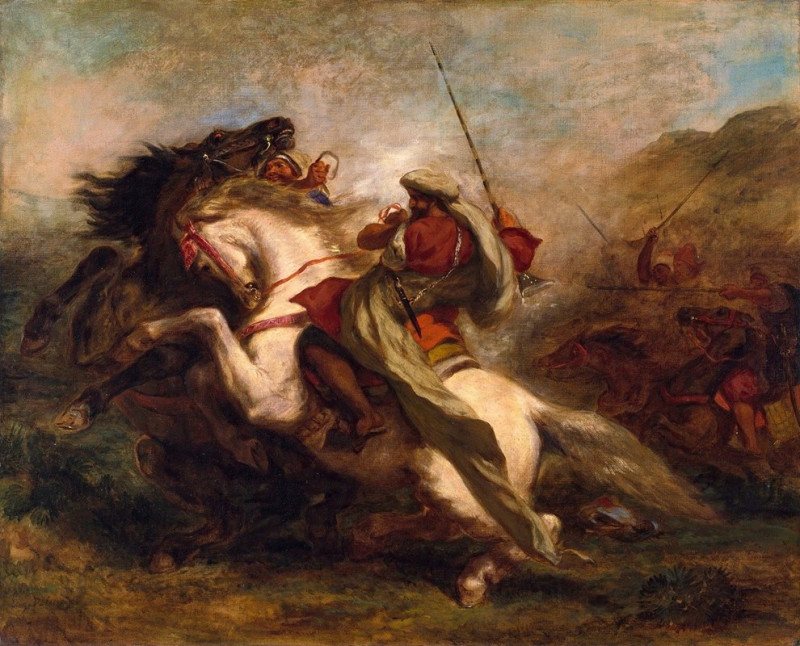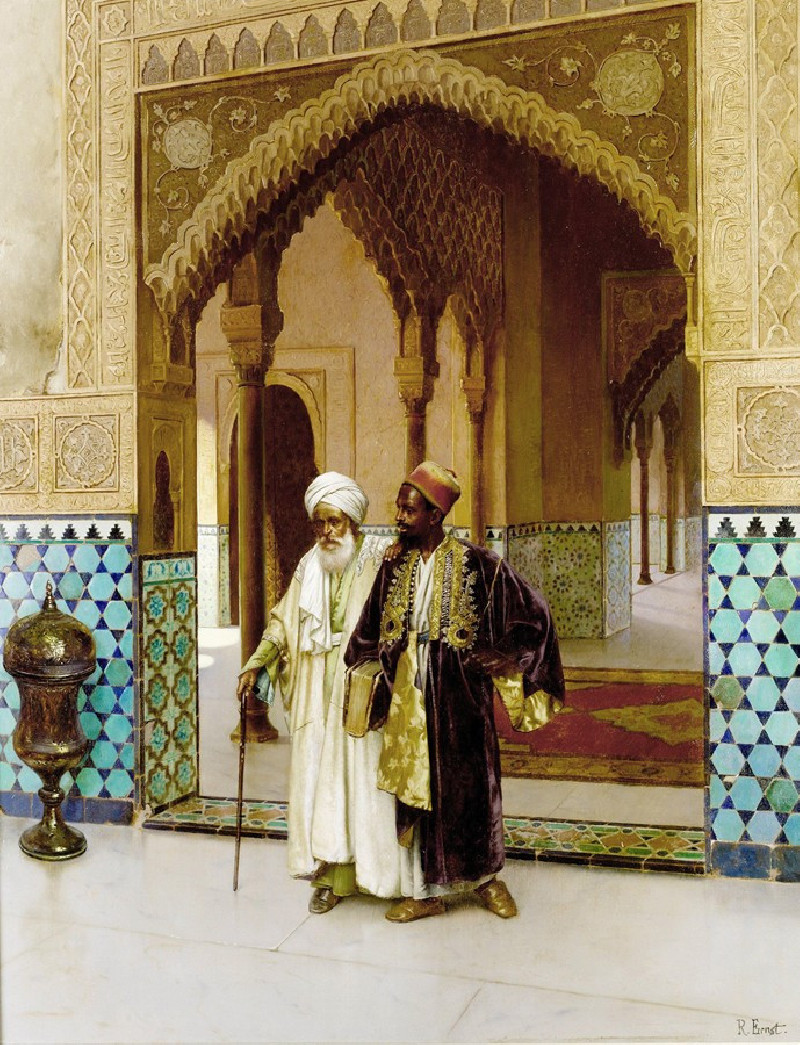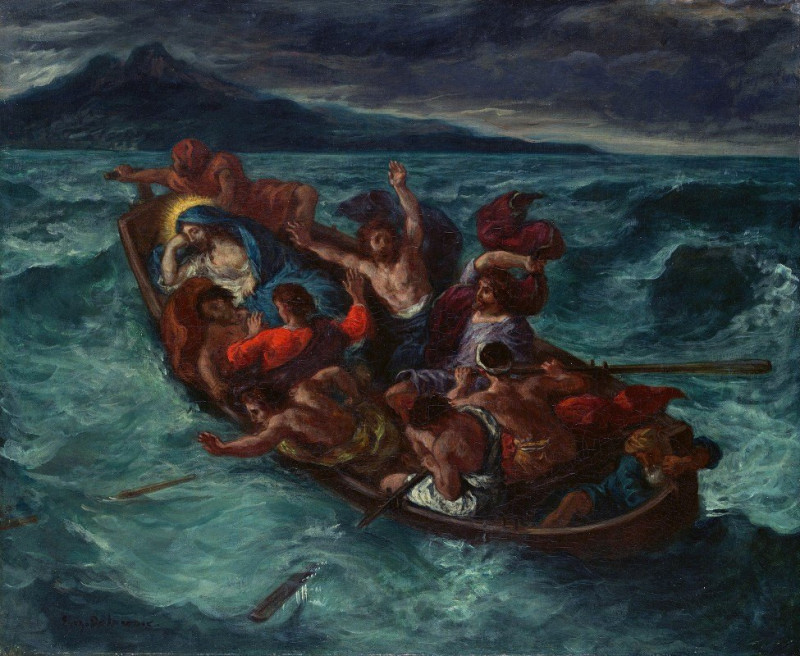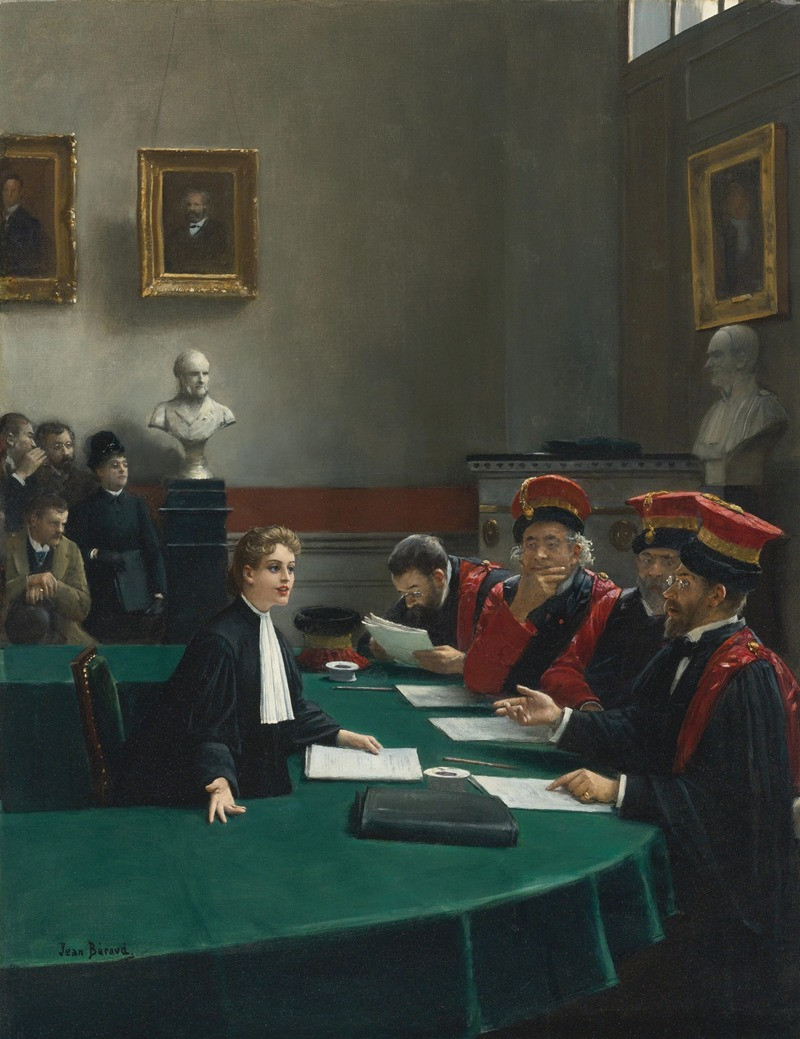The Damrak, Amsterdam (1903)
Technique: Giclée quality print
Recommended by our customers
More about this artwork
Experience the bustling atmosphere of early 20th-century Amsterdam through George Hendrik Breitner's vibrant depiction in "The Damrak, Amsterdam" (1903). This painting masterfully captures the everyday life and architectural beauty of Damrak, a historic avenue in the heart of Amsterdam that serves as a key thoroughfare and canal.In this dynamic canvas, Breitner showcases a lively waterside scene, bustling with maritime activity. The foreground is filled with a variety of boats, their tall masts punctuating the sky, hinting at the city’s vibrant trading activities. Each boat is rendered with careful attention to the play of light and shadow, crafting a lively yet serene harbor atmosphere.The backdrop features an array of Amsterdam’s iconic gabled buildings, with their distinct façades painted in muted earth tones that evoke the textures of urban life. Dominating the cityscape, the ornate tower of the Oude Kerk soars, its gothic architecture a striking contrast to the simplicity of the commercial buildings along the quay.The atmospheric perspective Breitner used allows for a soft blending of colors and forms, conveying the overcast sky with a palette that mirrors the moodiness of a typical Dutch day. Small figures, possibly local workers or merchants, are dotted along the quay, providing a human element that adds scale and vividity to the scene.Breitner’s choice of a slightly elevated vantage point gives viewers a comprehensive view of Damrak's blend of commerce, architecture, and daily life, encapsulated in a moment of historical Amsterdam. Through his characteristic impressionistic style, Breitner not only documents a place and time but also evokes the rhythmic pulse of city life by the water's edge.
Delivery
Returns
George Hendrik Breitner (12 September 1857 – 5 June 1923) was a Dutch painter and photographer. An important figure in Amsterdam Impressionism, he is noted especially for his paintings of street scenes and harbours in a realistic style. He painted en plein air, and became interested in photography as a means of documenting street life and atmospheric effects – rainy weather in particular – as reference materials for his paintings.

